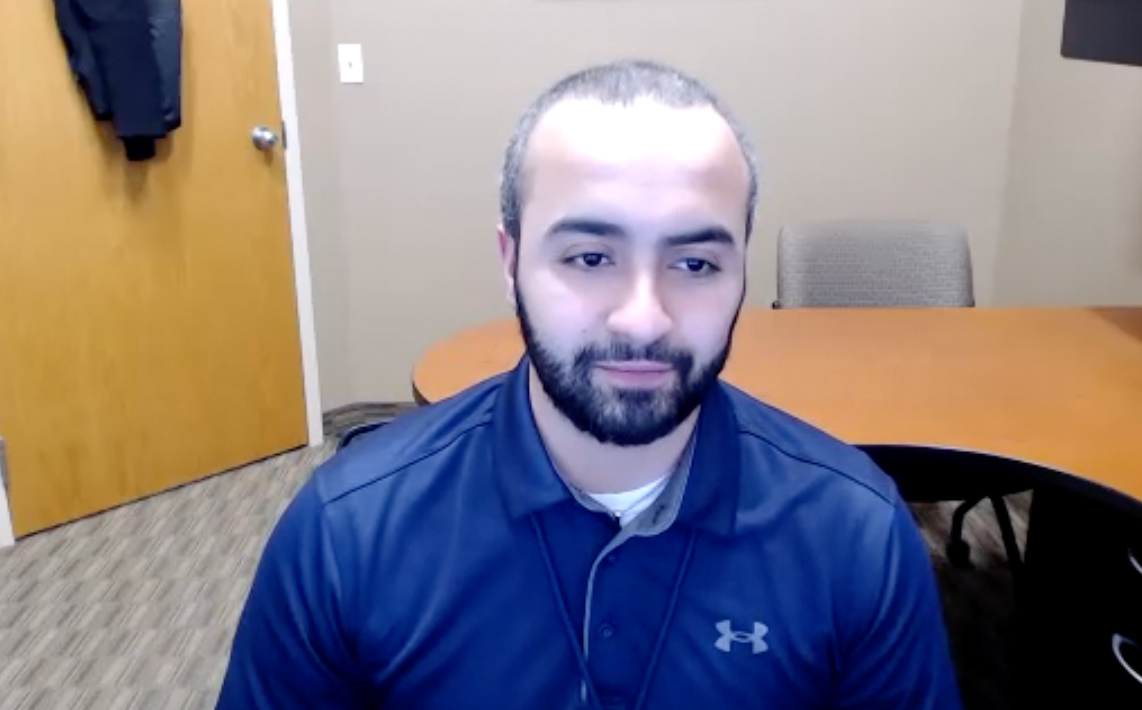Biopsies May Help Guide Treatment for Bladder Cancer
A new study found a biopsy of a single metastasis may be enough to help oncologists tailor a treatment that targets all of a patient’s tumors.
Metastatic biopsies may help when it comes to making therapy-related decisions for patients with advanced bladder cancer, according to a new study published in JCI Insight.
The study compared the genomic features of primary and metastatic urothelial carcinoma (LTUC) and upper tract urothelial carcinoma (UTUC) tumors in a cohort of patients with end-stage disease and found metastatic UTUC demonstrated a lower overall mutational burden, but greater structural variability compared to LTUC.
The data suggest that metastatic UTUC lesions can arise from small clonal populations present in the primary cancer. The researchers discovered that for 70% of potentially druggable targets, a biopsy of a single metastasis may be enough to help oncologists tailor a treatment regimen that targets all of a patient’s tumors.
The team performed whole exome sequencing on 37 matched primary and metastatic tumor samples collected through rapid autopsy from 7 patients with metastatic urothelial cancer. Three had UTUC (3 primary samples, 13 metastases) and 4 patients had LTUC (4 primary samples, 17 metastases). The mean age of the patients was 67.3 years of age. Six of the 7 patients were Caucasian and 5 of the 7 were men.
Researchers analyzed inter-patient and intra-patient mutational burden, mutational signatures, predicted deleterious mutations, and somatic copy-number alterations. The team found that the apolipoprotein B mRNA editing catalytic polypeptide-like mutational signature was pervasive in metastatic LTUC and less so in UTUC. The team now is analyzing tumors from 19 more patients who have donated tissue.
Todd M. Morgan, MD, chief of urologic oncology and associate professor at the University of Michigan, Ann Arbor, Michigan, said this is an important study even though it only included a small number of patients.
“What is unique is the ability to comprehensively profile both the primary sites of disease and the numerous sites of metastases in these patients,” Morgan told Cancer Network. “The University of Washington’s rapid autopsy program has led to countless key discoveries over the years, and it is a tremendous undertaking that requires tremendous resources and commitment on the part of the program and incredible generosity on the part of the patients who participate.”
He said while these findings will not change clinical practice tomorrow it is encouraging to see the high degree to which common druggable targets were still present across distinct metastatic sites in the majority of patients.
“Ultimately, as they point out, dynamic monitoring, such as through ctDNA, may be necessary to optimize therapies according to the changes that occur in these tumors over time,” said Dr Morgan.
Roger Li, MD, a genitourinary oncologist with the Moffitt Cancer Center in Tampa, Florida, said this study is limited by its small sample size. He noted that there is a lot of homogeneity in patients with UTUC and LTUC and sampling errors are difficult to overcome in bulk sequencing studies.
“There were some interesting findings that turned up. It found an important difference,” Li told Cancer Network. “We might have to look at these two diseases differently.”
Newsletter
Stay up to date on recent advances in the multidisciplinary approach to cancer.





